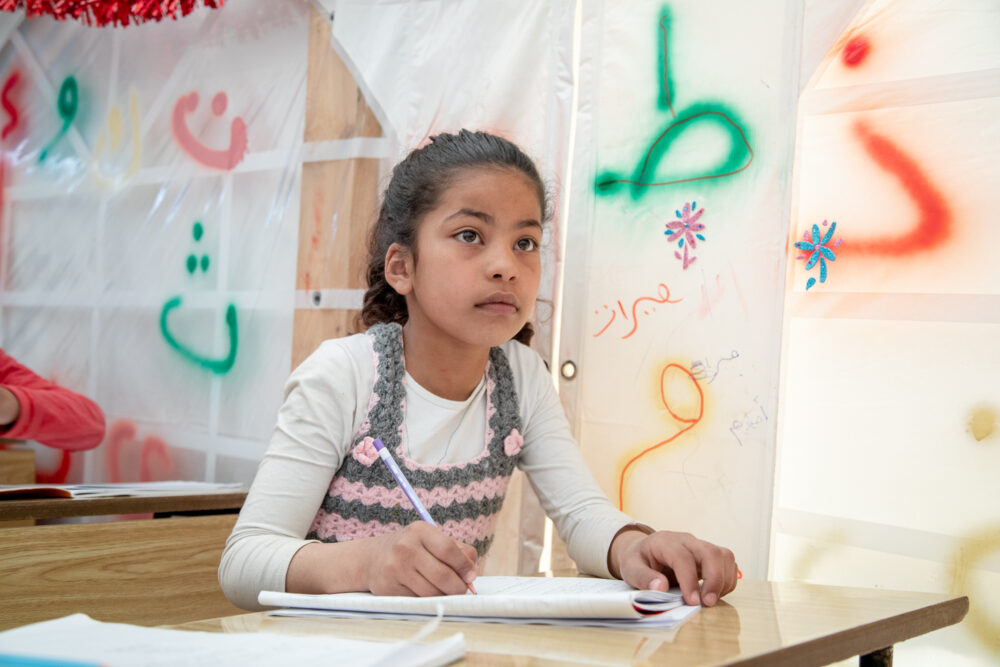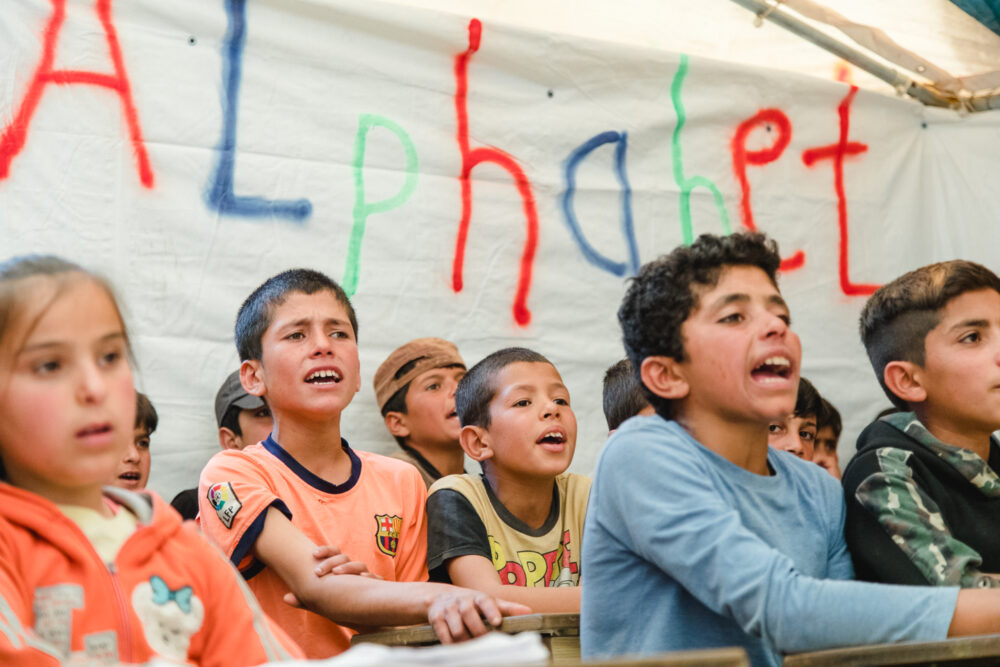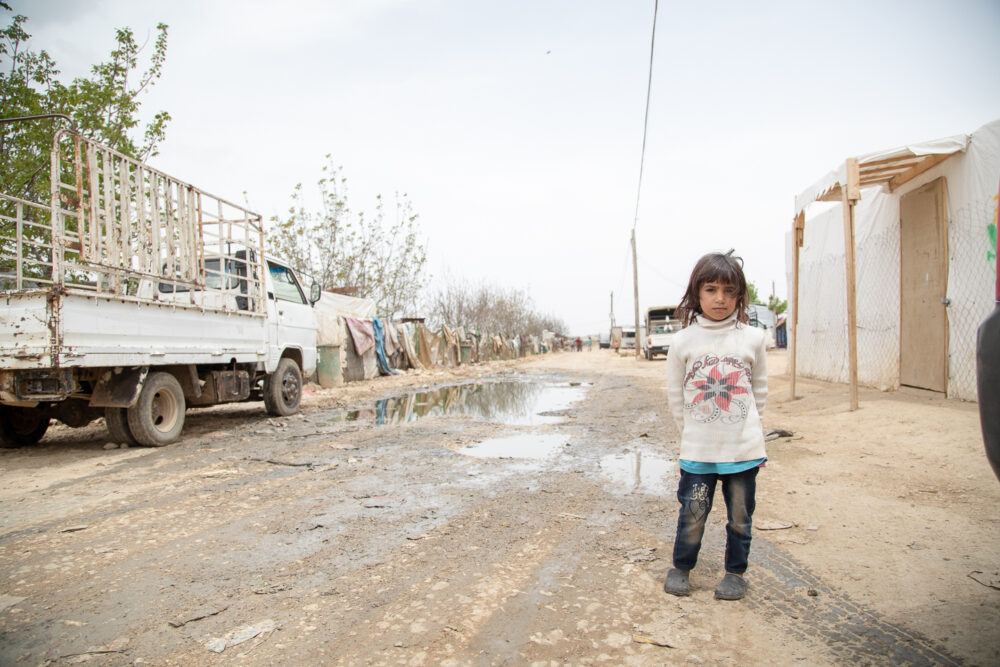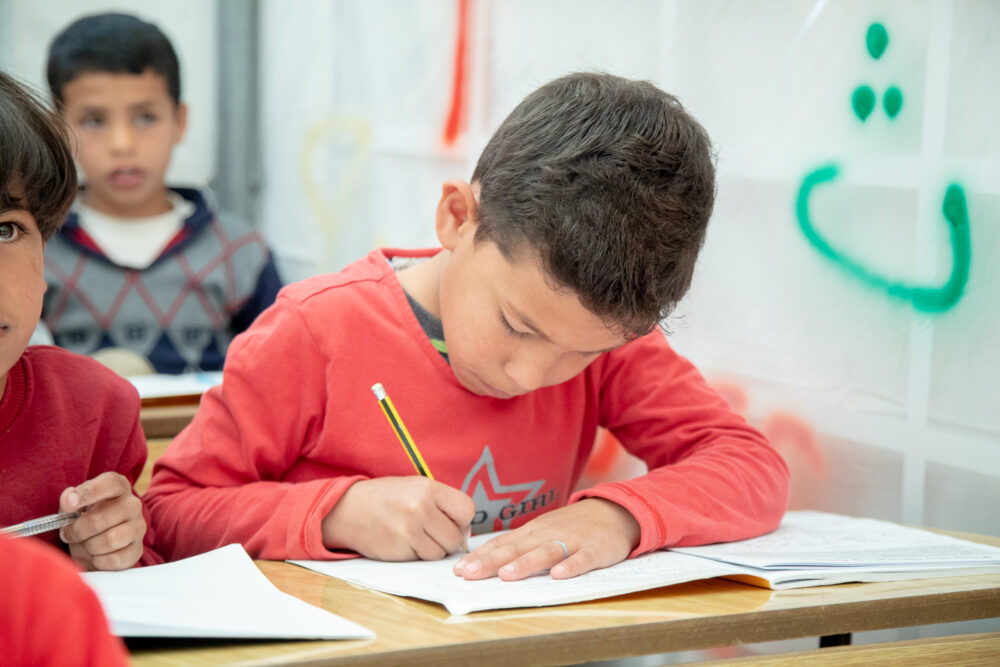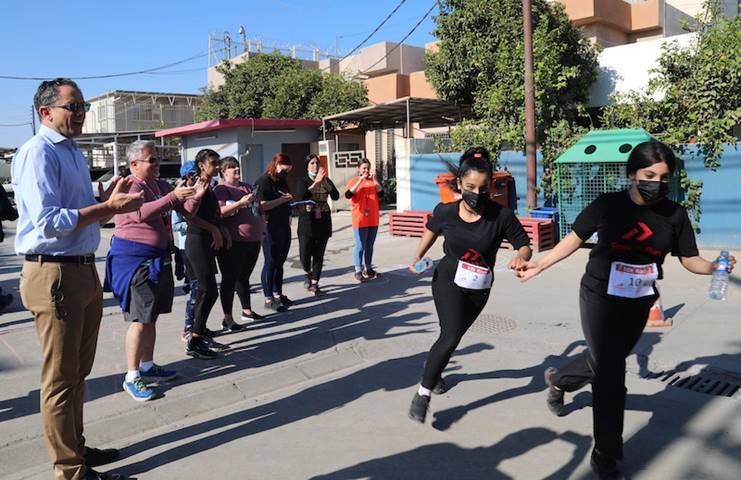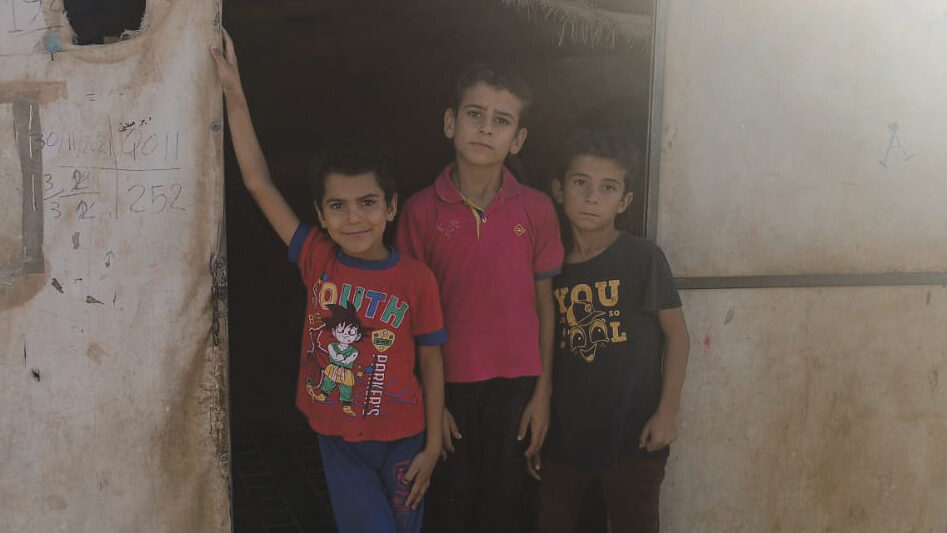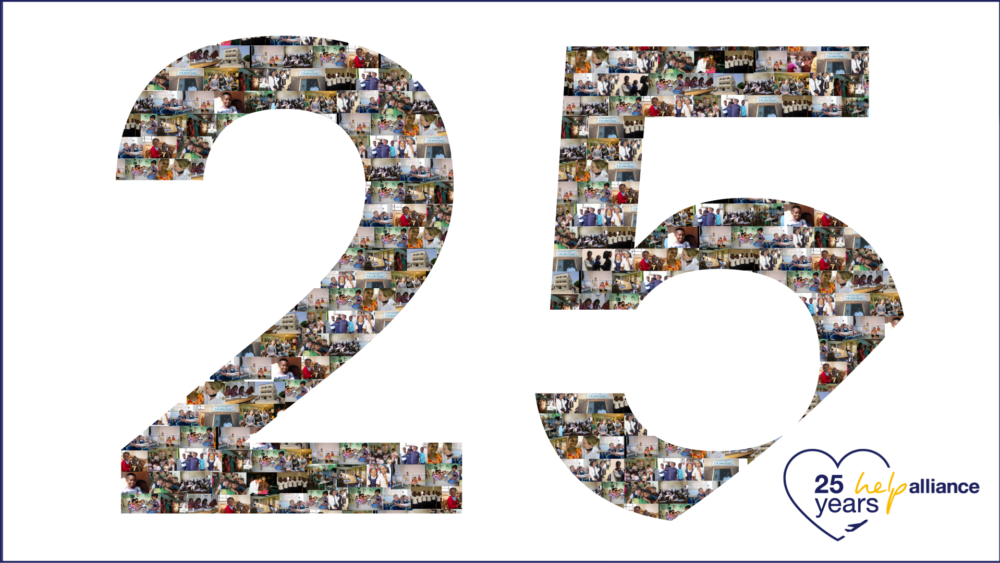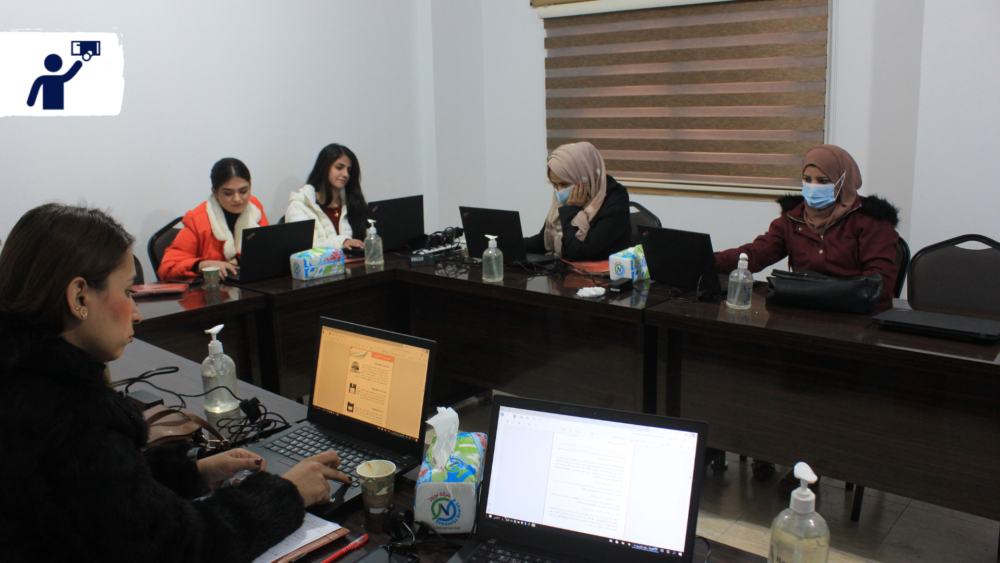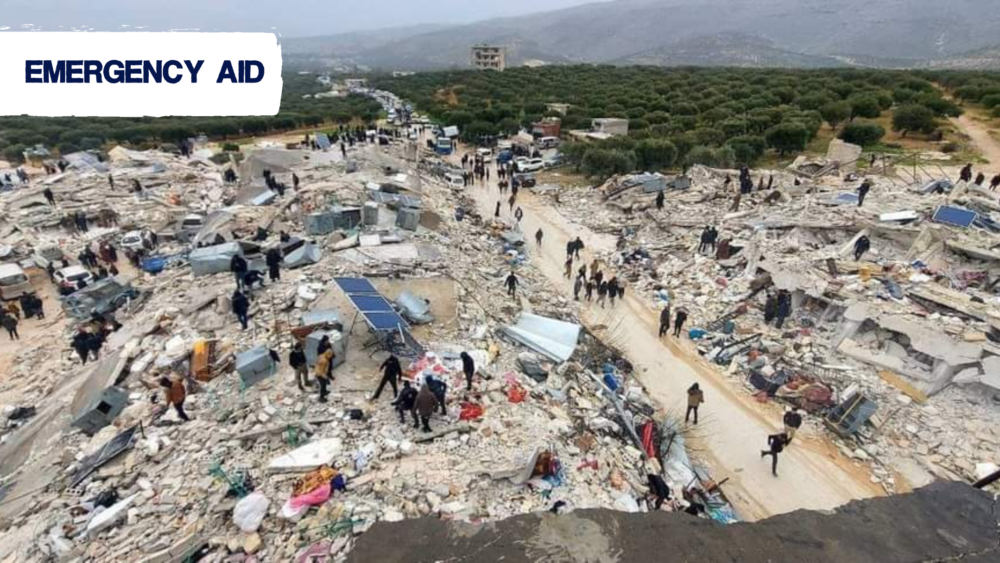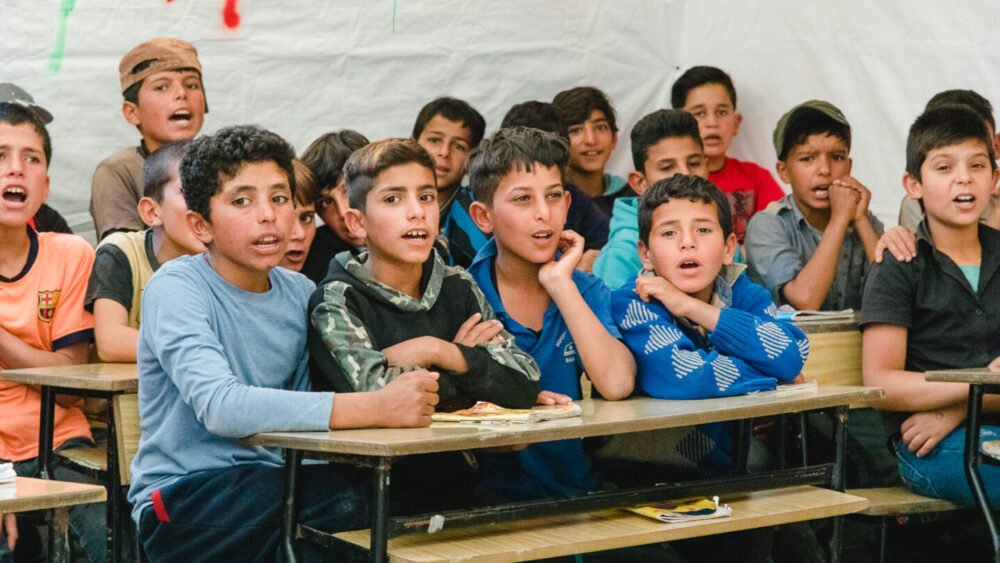
Middle East
The Middle East is characterized by cultural and religious diversity. This diversity has regional and local characteristics and makes the region a colorful mix of different ways of life. History plays an important role in understanding today’s cultures and religions, and also the politics of the region. The socio-economic development in the Middle East has an impact on almost all areas of life. Of particular importance for the region are the issues of economic development, education, youth unemployment, urban-rural contrast, and gender inequality.
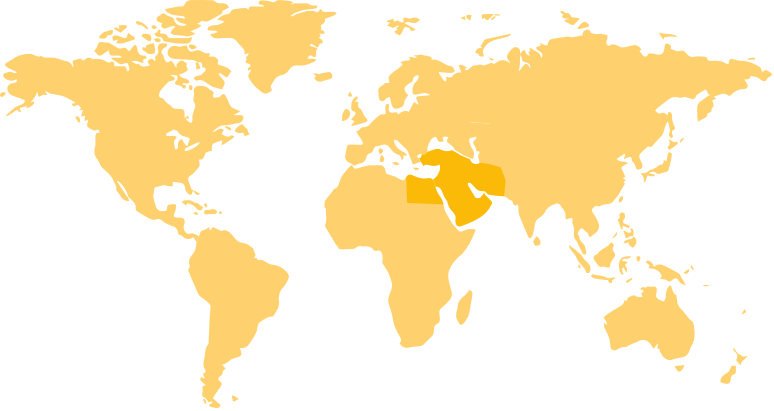
The “Arab Spring” in 2011 awakened great hopes for change amongst the predominantly young populations across the Middle East. But the consequences for some countries in the region, such as Libya, Syria, and Yemen, are devastating. The civil war in Syria has triggered the biggest refugee crisis since the Second World War. Around 6.2 million people have been displaced within the country and around 5.6 million have fled outside their home country.
Education
Many states in the Middle East are investing more and more money in the education sector in order to give their population access to primary, secondary and higher education and to reduce the illiteracy rate in the population. However, boys still have better access to education than girls. World Bank studies show that more boys than girls are enrolled in school to date. In addition, lack of education is a major challenge, especially in rural and inaccessible areas, including conflict areas and refugee camps.
The poor quality of education is also a major problem. Many education systems in the region suffer from inadequate structures. Vocational training plans with little concrete learning content, too few requirements or the poor payment of teachers are characteristic of this. Apart from few exceptions, there is hardly any high-quality vocational training for craft and teaching professions in the region.
Work and Income
High youth unemployment poses a major challenge for the countries in the Middle East. According to the International Labour Organization, unemployment among 15 to 24-year-olds in the Middle East is around 30%. The situation is further aggravated by the fact that unemployment in the Middle East affects not only early school leavers and thus those with low qualifications, but also university graduates, who often cannot find employment despite their qualifications.
One of the main reasons for the widespread unemployment is the rising birth rate in recent decades, which means that more young adults enter the labor market than retired workers leave it. Furthermore, the education of many new entrants to the labor market does not match the requirements of the private sector, but is still focused on public sector employment. Thus many graduates have little chance of finding a job in the private sector.
Our project work in the Middle East
In the Middle East, help alliance tries to respond to local problems and challenges. For example, by building tent schools in Lebanon, where 950,000 Syrian refugees currently live, help alliance is promoting the education and literacy of Syrian children. Thus, in the middle of one of the biggest humanitarian disasters of our time, the project enables children in the refugee camps to attend school. As the infrastructure in Syria is expected to be destroyed after the end of the war, a further aim of the project is to relocate the tent schools to Syria.

